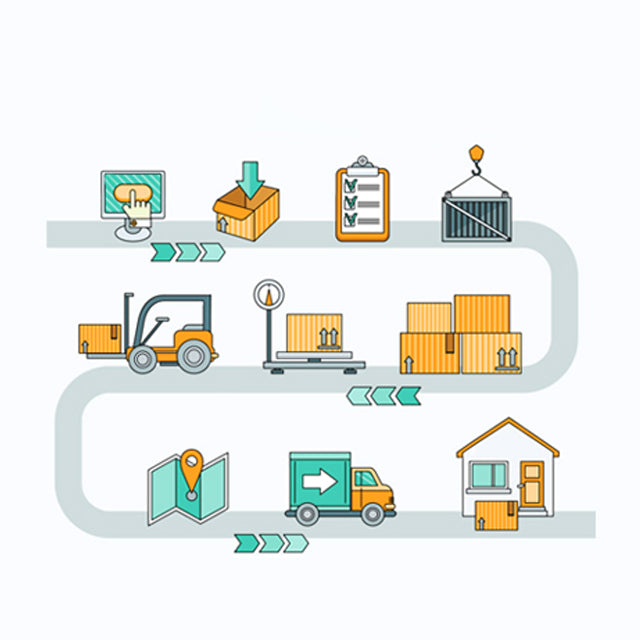Supply Chain and Logistics Cost Management: A Comprehensive Guide

#SupplyChain #Logistics
In today's highly competitive and globalized business environment, successful supply chain management and effective logistics cost management are two crucial factors for business success. The supply chain encompasses all the activities involved in the production and delivery of goods and services, from raw material acquisition to final product delivery. Logistics cost management involves the identification, measurement, reduction, and optimization of all the direct and indirect costs associated with logistics operations. This blog post provides a comprehensive guide to supply chain and logistics cost management.
Key Components of Supply Chain Management
The supply chain consists of three main components: suppliers, manufacturers, and customers. Effective supply chain management involves optimizing each of these components to ensure seamless and efficient production and delivery of goods and services. Key areas of focus include:
- Supplier Management. Effective supplier management involves selecting the right suppliers, negotiating favorable terms, and managing supplier relationships to ensure timely and cost-effective delivery of raw materials and other inputs.
- Inventory Management. Effective inventory management involves minimizing inventory holding costs while ensuring adequate stock to meet customer demands. This involves forecasting demand, tracking inventory levels, and optimizing ordering and delivery processes.
- Production Management. Production management involves optimizing the production process to achieve maximum efficiency and minimize waste. This involves balancing production capacity with customer demand, streamlining production processes, and ensuring quality control.
- Distribution Management. Effective distribution management involves optimizing the delivery process to ensure timely and cost-effective delivery of goods to customers. This involves selecting the right transportation modes, routes, and carriers, and optimizing delivery schedules.
Key Components of Logistics Cost Management
Logistics cost management involves the identification, measurement, reduction, and optimization of all the direct and indirect costs associated with logistics operations. Key components of logistics cost management include:
- Transportation Costs. Transportation costs are a significant component of logistics costs and include costs associated with the transportation of goods, including transport modes, fuel costs, and driver wages.
- Warehousing Costs. Warehousing costs include costs associated with the storage and handling of goods, including rent, utilities, labor, and equipment costs.
- Inventory Costs. Inventory costs include costs associated with holding inventory, including storage costs, insurance costs, obsolescence costs, and the opportunity cost of tying up capital in inventory.
- Packaging Costs. Packaging costs include costs associated with the packaging of goods, including materials costs, labor costs, and transportation costs.
- Administrative Costs. Administrative costs include all the indirect costs associated with logistics operations, including salaries, rent, utilities, and other overhead costs.
Strategies for Supply Chain and Logistics Cost Management
There are several strategies that businesses can use to effectively manage supply chain and logistics costs, including:
- Inventory Optimization. By optimizing inventory levels, businesses can reduce inventory holding costs while ensuring adequate stock to meet customer demands. This involves forecasting demand, tracking inventory levels, and optimizing ordering and delivery processes.
- Transportation Optimization. By selecting the right transportation modes, routes, and carriers, businesses can reduce transportation costs while ensuring timely and cost-effective delivery of goods. This involves optimizing delivery schedules and leveraging technology to track delivery performance and make real-time adjustments.
- Outsourcing. By outsourcing logistics functions to third-party providers, businesses can reduce administrative and infrastructure costs while leveraging the expertise and resources of logistics specialists.
- Technology Adoption. By leveraging technology solutions like transportation management systems (TMS), warehouse management systems (WMS), and enterprise resource planning (ERP) systems, businesses can optimize logistics operations, reduce costs, and improve efficiency.
Conclusion
Effective supply chain and logistics cost management are crucial factors for business success in today's globalized and highly competitive business environment. By optimizing each component of the supply chain and identifying, measuring, reducing, and optimizing logistics costs, businesses can achieve maximum efficiency and competitiveness. Adopting inventory optimization, transportation optimization, outsourcing, and technology adoption strategies can help businesses to effectively manage supply chain and logistics costs.




Leave a comment